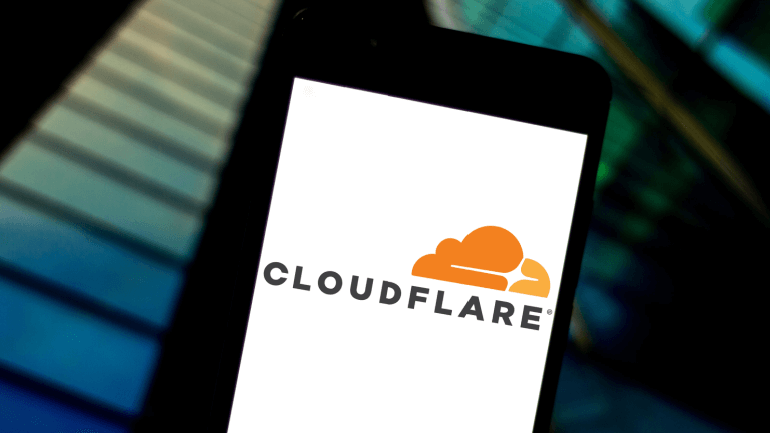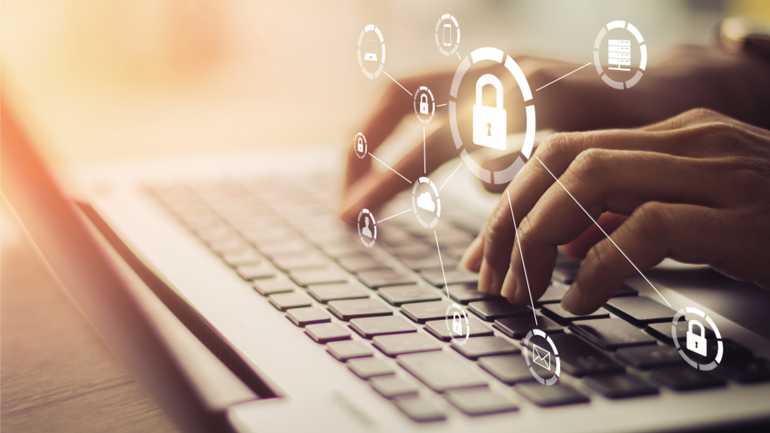According to Cisco’s first-ever Cybersecurity Readiness Index, just 15% of global organizations are rated to have the ‘Mature’ level of preparation required to be resistant to current cybersecurity hazards. The index illustrates where organizations are succeeding in cybersecurity preparedness and where deficiencies may worsen if global business and security leaders do not act. The analysis assesses a company’s ability to sustain cybersecurity resilience in the face of new threats, and includes 19 distinct solutions across five basic pillars: identity, devices, networks, application workloads and data. In a poll of 6,700 private sector cybersecurity leaders from 27 markets, participants were questioned as to which of these technologies they had installed and the current stage of deployment. Businesses were then divided into four readiness stages: beginner, formative, progressive and mature. More than half (55%) of companies polled worldwide are in the Beginner (8%) or Formative (47%) stages of cybersecurity readiness,…
AT&T has been named the most commonly impersonated brand in phishing attacks, according to a global report published by Cloudflare. The report identifies the top 50 brands most commonly impersonated by phishing URLs, based on data gathered by Cloudflare’s machine learning and data analysis tools. The telecommunications powerhouse came in first, followed by PayPal and Microsoft. Cloudflare, which aims to build a better internet by delivering security, performance, and reliability services, discovered that the most frequently impersonated businesses were banking, technology, and telecommunications. Phishing is the fastest-growing online crime, endangering both consumers and companies. By impersonating trusted sites, attackers attempt to obtain sensitive information such as usernames, passwords, credit card numbers, bank and cryptocurrency account details, or other sensitive data. They use an email, text message, or mistyped website link that appears to be from a well-known brand to dupe their victims. Cloudflare, which protects roughly 20%…
We may not always realize it, but we spend a good part of our lives online. We frequently reveal our names, addresses and credit card numbers when accessing shopping and social networking sites, and trust those sites to keep us and our information secure. You lock the door when you wish to keep your home safe. The same should apply on the Internet, where we can considerably limit our exposure to a variety of hazards by implementing a modest number of Internet safety measures. You know what they say – the Internet is like your front door: a lock doesn’t do much good if you leave the key under the welcome mat. Is it safe to be in the Internet? Learning about cybersecurity and online safety might feel like swimming through a sea of technical jargon. There are several cybersecurity terminologies to be familiar with, but we’ve selected a handful of…
Malwarebytes™, a worldwide pioneer in real-time cyber protection, has collaborated with non-profit partners Digitunity and Cybercrime Support Network to share the findings of “The Demographics of Cybercrime” study. According to the research, cybercrime does not affect everyone equally. The research, which surveyed over 5,000 people in the United States, the United Kingdom, and Germany, explains how people experience cybercrime throughout the world and shows how demographics affect the frequency of attacks on people, as well as their emotional reaction to becoming a target. According to the data analysis, underprivileged groups facing societal stigma, such as those with lower incomes and lower education levels, feel less comfortable about their online experiences, and are more likely to be targeted. They are also more likely to be attacked and report greater emotional strain while reacting to cyberattacks. According to the findings of the study, particular groups report a higher chance…







